BioResearch
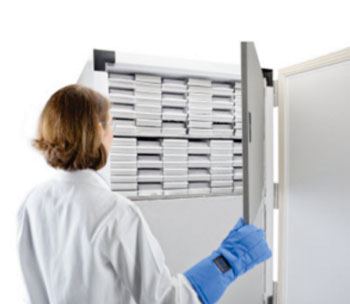
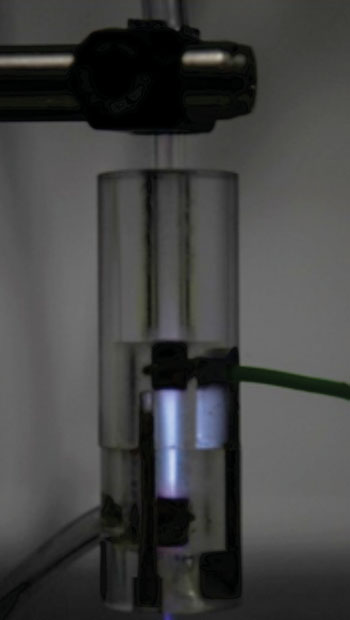
Low-Temperature Plasma Treatment Kills Prostate Cancer Cells
By combining physics and biology a team of British cancer researchers has shown that low-temperature plasma treatment kills prostate cancer cells in culture and may warrant development into a therapeutic tool to replace radiation and photodynamic methods. More...22 Apr 2015

Suppression of Tumor Growth Linked to Actions of the Ubiquitin System
Cancer researchers working with mouse xenograft and human cancer cell cultures have identified components of the ubiquitin system that are linked to certain cellular processes, which act to suppress malignant growth and protect healthy tissues. More...21 Apr 2015
Two Secreted Proteins Prepare Breast Cancer Cells for Metastasis
Two genes that code for secreted proteins have been found to be responsible for the development of vascular mimicry—imitation blood vessels—by tumor cells and for preparing some tumor cell clones to spread away from the site of the primary tumor. More...21 Apr 2015
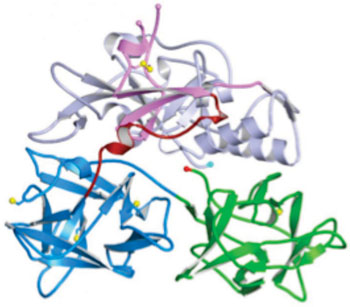
Crystal Structure of CARDS Toxin Expected to Advance Respiratory Disease Treatment
A recent paper described the molecular structure of Mycoplasma pneumoniae's Community Acquired Respiratory Distress Syndrome toxin and explained how knowing this structure may lead to advances in the prevention and treatment of diseases caused by this respiratory pathogen. More...20 Apr 2015
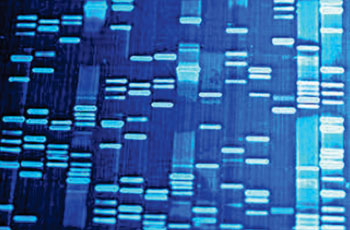
Glucocorticoid Receptor Suppresses Tumor Formation by Ensuring Accurate Chromosome Segregation During Mitosis
A team of British molecular biologists has defined the mechanism by which glucocorticoid receptor regulates the process of mitosis to prevent errors in cell division that could lead to tumor formation. More...20 Apr 2015
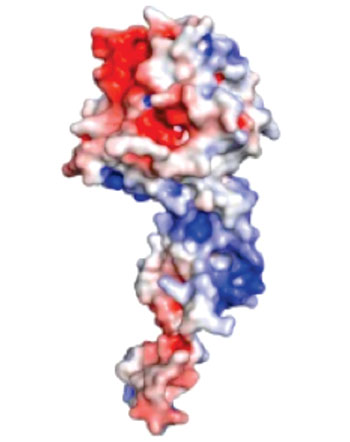
In Other News
Leaky Calcium Channels Promote Development of Diabetes
Prevention of ERK Nuclear Translocation Blocks Cancer Proliferation in Animal Models
Bile Acids Regulate Expression of a Tumor Suppressive MicroRNA
NanoString and MD Anderson Collaborate on Development of Novel Multi-Omic Expression Profiling Assays for Cancer
Experimental Cancer Drug Reverses Symptoms in Mouse Model of Alzheimer's Disease
Photoacoustic Microscopy Enables Rapid Imaging of the Brain's Oxygen Metabolism
Drug Development Acquisition Focuses on Treatment for Movement Disorders
New Model for Lung Disease Research Based on Stem Cell-derived Lung Organoids
Small Interfering RNA Nanoparticles Accelerate Wound Healing in Mouse Model
Nanoparticle Delivery of Drug Combination Blocks Pancreatic Cancer Growth in Mouse Model
Portable DNA Sequencer Functions Well in Evaluation Trials
Biotech Collaboration to Promote Animal-Based Cancer Research
Feasibility Study Supports Use of Immunomagnetic Approach to Study Circulating Cancer Cells
Certain MicroRNAs Stimulate Regeneration of Adult Heart Tissue
New Metagenomics Analysis Tool Reduces False Discovery Rates
Continuous Purification Technique Should Significantly Reduce Antibody Production Costs
“Softer” Mass Spec Techniques Gain Advantage in Biomarker Discovery
Regenerative Potential Is a Trait of Mature Tissues, Not an Innate Feature of Newly Born Cells
Presenilin Gene Mutation Linked to Familial form of Alzheimer's Disease
The Captureseq Technique Is More Accurate for Low Expressing Genes and Long Non-Coding RNAs
New Electronic Pipette Simplifies Liquid Handling Tasks
Human Heart-on-a-Chip Cultures May Replace Animal Models for Drug Development and Safety Screening

System for 3-D Live Cell Microscopy to Be Available Soon
BioResearch brings the latest research news on the genome, proteome, metabolome, on drug discovery, and therapeutics. Biotech researchers, lab administrators, technologists, drug manufacturers, and suppliers can find the latest research news and information related to their fields of endeavor here.










 (3) (1).png)